Most of the parents try to maintain the same balanced diet for kids and adults. However, the nutritional needs of children are actually different. Then are we damaging our kids’ health? Well, the consequences are not that drastic but it is very crucial to provide the young body what it precisely needs. Click here to know about the various methods to persuade your kid into consuming nutrients. Here are some differences in the dietary requirements of adults and children.
1. Calcium
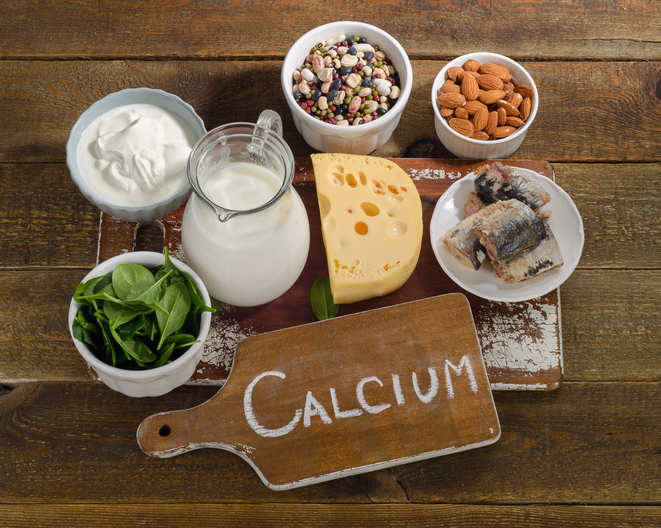
calcium rich foods
The calcium intake differs to some level, An adult requires approximately 1000 to 1200 mg of calcium while an infant requires-
- Ages 1 to 3: 200-700 mg calcium daily
- Ages 4 to 8: 1,000 mg daily
- Ages 9 to 18: 1,200-1,300 mg daily
Foods that have a good amount of calcium include green leafy vegetables, salmon, dairy products, and fortified foods. Thus we can safely say that certain dairy products must not always be kept away from children. The more bones they can strengthen as children, the lesser will be the chances of bone loss when they grow old.
2. Iron
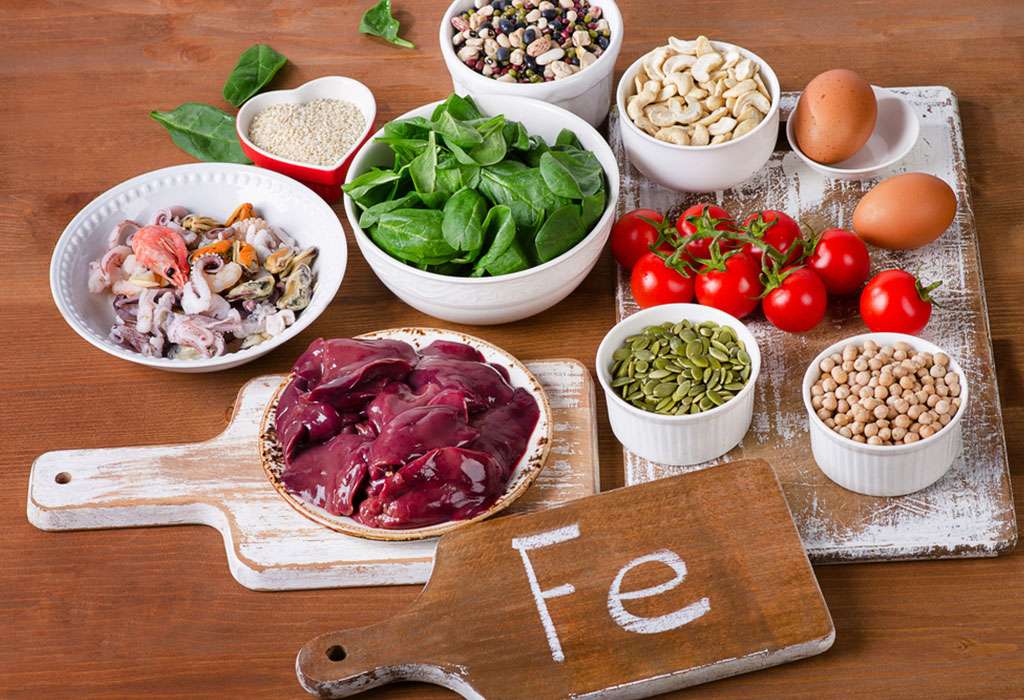
iron rich foods
Iron helps the red blood cells to supply oxygen to the rest of the body. Its needs differ with respect to the age and gender.
- Infants between 6 months to 1 year: 11 mg iron
- Children between ages 1 to 3: 7 mg
- Boys between 13 to 18: 11 mg
- Girls between 13-18 (menstruation period): 15 mg
- Men after the age of 19: 8 mg
- Women after 19: 18 mg
- Women after menopause: 8 mg
Meat and other animal products are high in fiber. Vegetarian options include soy, kidney, navy, and lima beans, and green leafy vegetables.
3. Fats
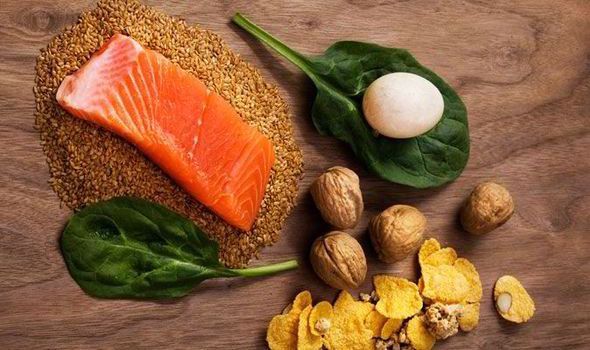
Fat rich foods
Children need much more fat than adults do. In fact, they can also burn more fat till they are kids. It is necessary for them to grow and develop therefore parents should not necessarily restrict them or plan a strict diet when they are toddlers. What also differs is the portion size, while adults can consume more fats but burn less, children must consume lesser fat but burn more. Here are the recommended fat requirements for children-
- Between ages 2 to 3: 30-35% calories
- Between ages 4 to 18: 25-30% calories
Children should however ideally obtain calories from sources like olive oil, fish, nuts, unsaturated fatty acids, and vegetable oils rather than cakes or pastries.
4. Fiber
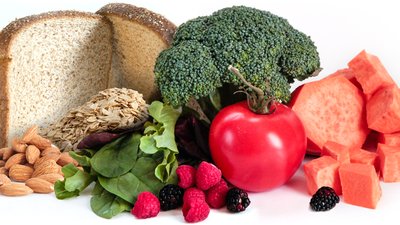
rich in fiber foods
Food items that are high on fiber tend to include nutrients that are important such as Vitamin C, Vitamin E, Potassium, Magnesium, and Calcium. It is indicated by the number of calories that are taken in. So for every 1,000 calories, 14 grams of fiber is consumed. For adults, the recommended fiber intake is between 25 to 30 grams but the actual consumption rate is only 15 grams. For kids the recommended amount is-
- Ages between 3 to 5: 11 gm. per day
- Ages between 6 to 11- 13 gm. per day
However, the actual rate of calories and fiber consumed is very low than recommended. Sources of fiber include kidney, navy, pinto, red, and lima beans, chickpeas, Oatmeal, avocados, broccoli, and berries.
5. B Vitamins

B Vitamins
B-12 is one of the most important B vitamins required by the body. These vitamins are responsible for a healthy nervous system, a good heart, metabolism, and energy. For adults, 2.4 micrograms or more has been recommended and for kids,
- Babies: daily 0.4 micrograms
- Toddlers: daily 0.9 micrograms
- Ages between 4 to 8: daily 1.2 micrograms
- Ages between 9 to 13: daily 1.8 micrograms
- Teenagers: daily 2.4 micrograms
Vitamin B12 mainly comes from animal-based products such as fish, poultry, meat, and eggs. Therefore, non-vegetarian kids and adults easily get the required vitamins. However, vegetarians or vegans have options like cereals, soy products, fresh and natural orange juice, dried beans, liver, cheese, legumes, fortified rice, bread, and cereals. One should food labels for finding the active type of vitamin B12- cyanocobalamin. This is important for preventing low blood levels and maintains the blood cells, nerves, and metabolism.
Therefore, adults and children have different vitamin and mineral needs and parents must essentially adhere to the amount recommended for both kids and themselves to maintain an active & fit lifestyle and healthy future.


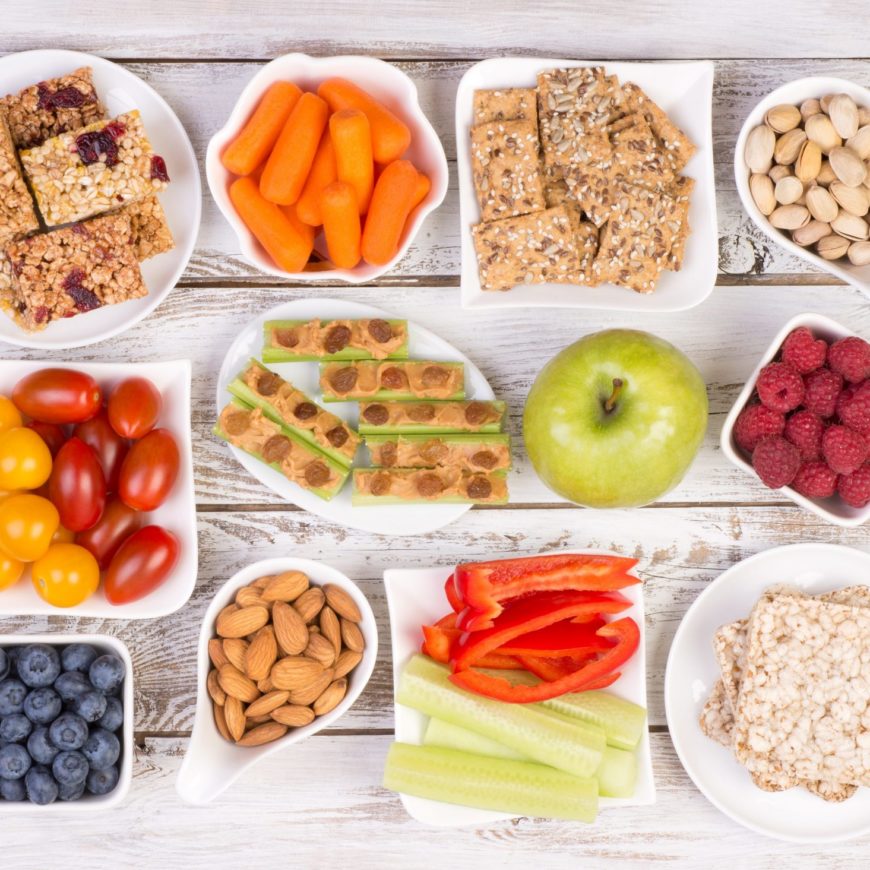
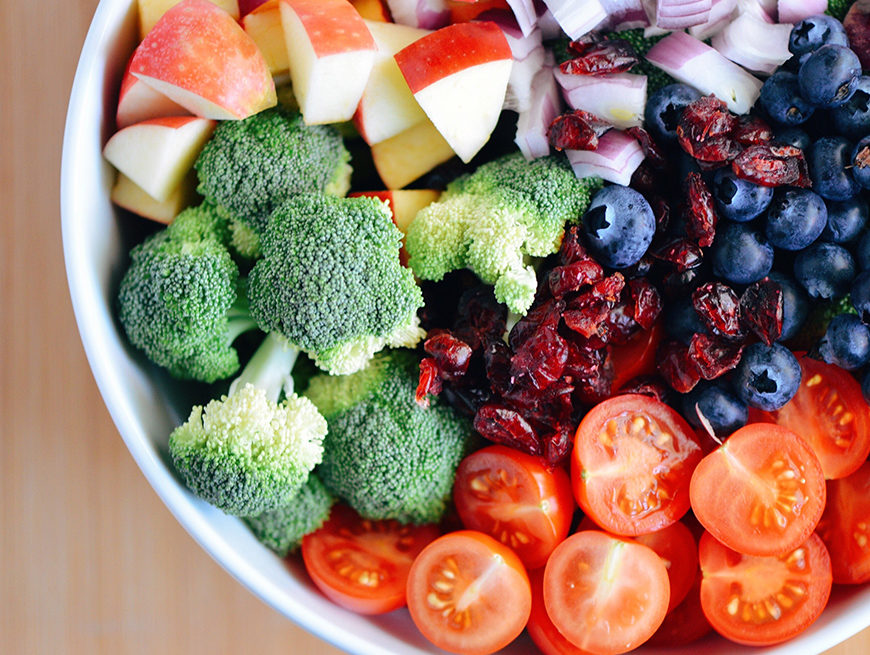
Add Comment